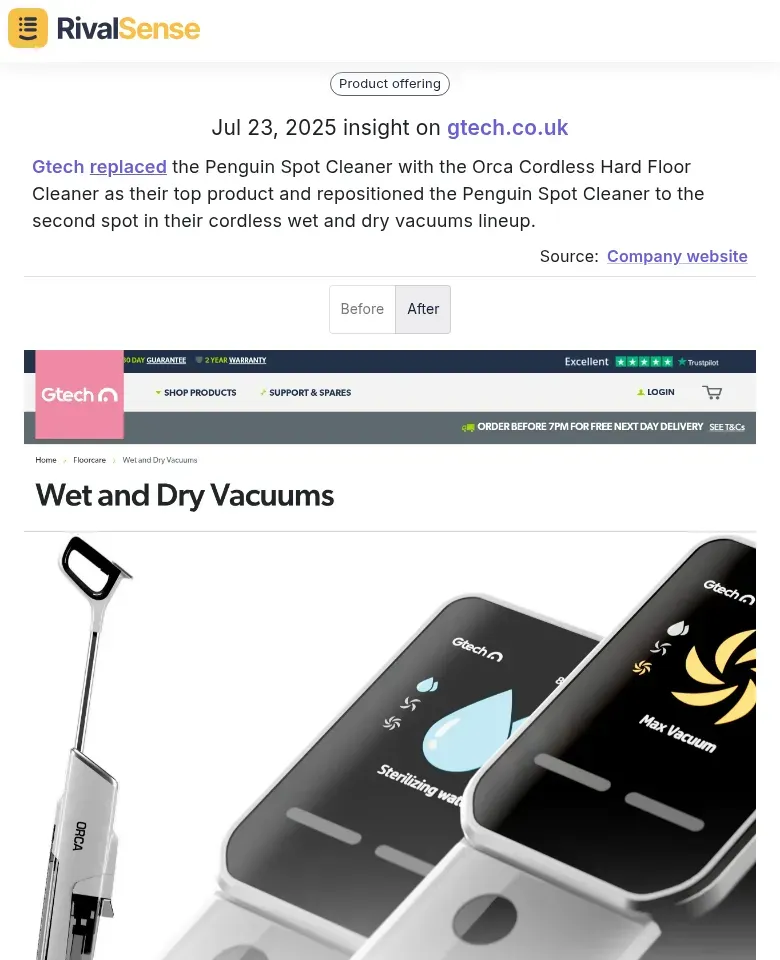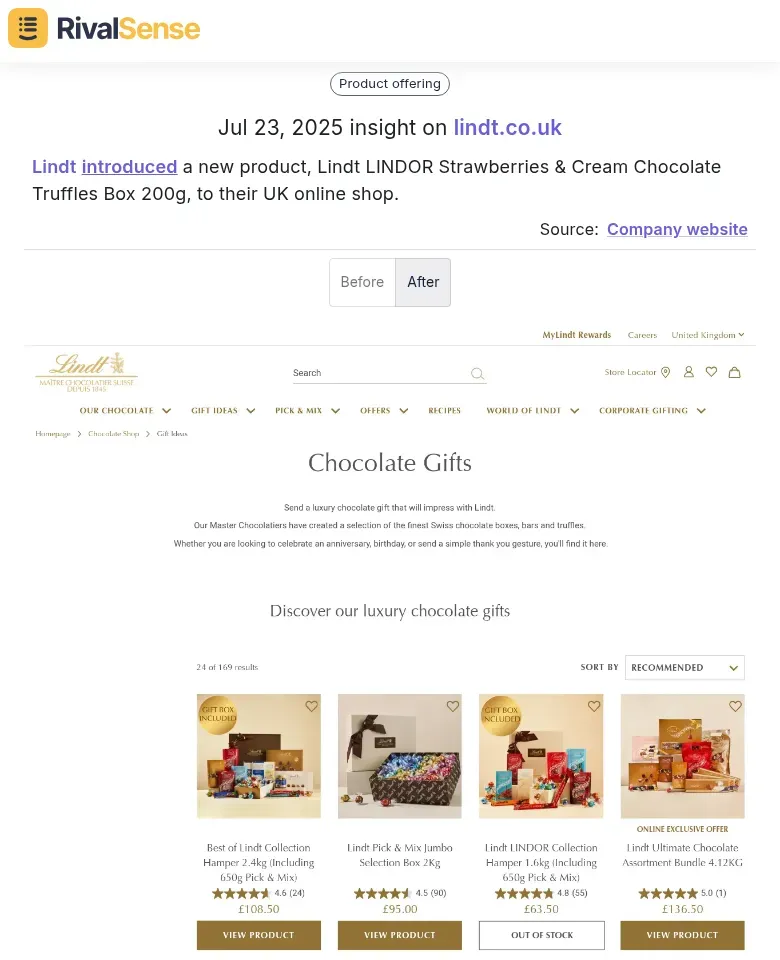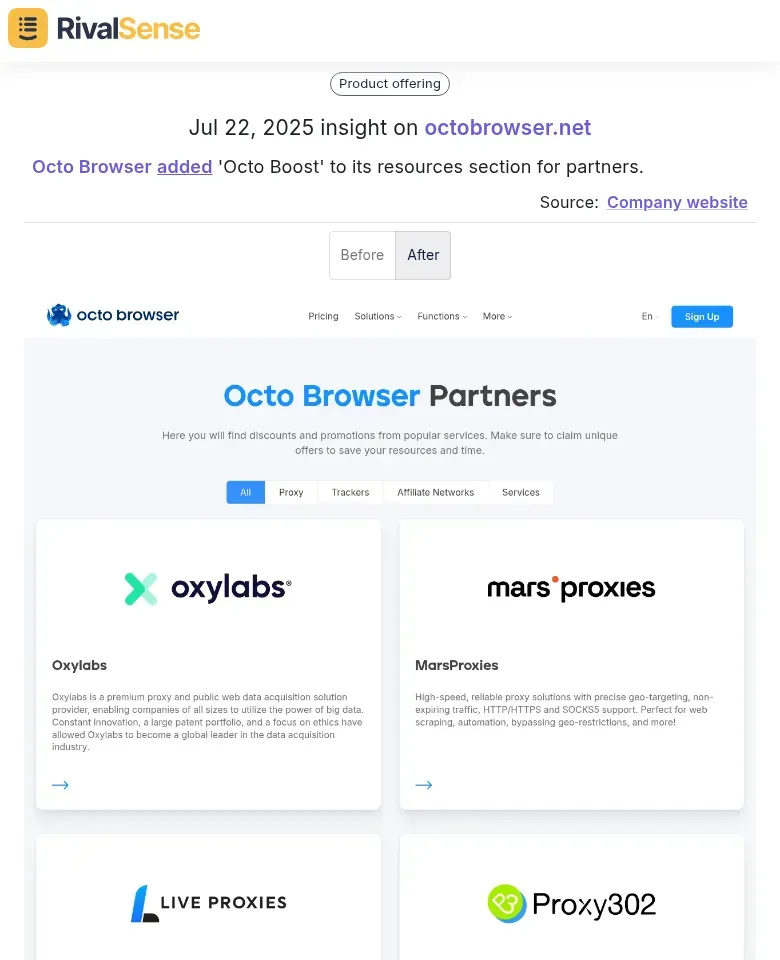Strategic Competitive Positioning: A Complete Guide to Outmaneuvering Your Competition
The marketplace is moving faster than ever. AI is accelerating innovation while hybrid work has redefined engagement, creating an environment where strategic competitive positioning is essential for survival. This approach helps organizations maintain clarity amid complexity while consistently building trust to attract and retain the right audiences.
Strategic competitive positioning aligns your brand, culture, and operations to authentically connect with stakeholders while maintaining a competitive edge. It transforms business strategy into emotional resonance through differentiated storytelling that clearly separates you from alternatives in your market.
What is Strategic Competitive Positioning?
Strategic competitive positioning goes beyond visual identity to articulate your goals, purpose, and market position relative to competitors. It synthesizes business strategy into a compelling narrative that sparks emotional connections while clearly differentiating your value proposition.
Your purpose, mission, values, and strategic goals must interconnect to create an authentic position. This position should represent where your organization stands today, where it's headed tomorrow, and why customers should choose you over competitors.
Business Benefits of Strategic Competitive Positioning
Organizations with strategically aligned positioning gain significant advantages in today's crowded marketplace. These benefits directly impact revenue, loyalty, and talent acquisition while creating sustainable competitive barriers.
1. Clear Competitive Differentiation
With endless choices available, businesses must instantly communicate their unique value. A strong competitive position articulates why you're different and better than alternatives in memorable, emotionally resonant ways.
Practical Tip: Create a competitive differentiation matrix mapping your key strengths against your top 3-5 competitors. Visually identify gaps where you can claim unique territory.
✅ Actionable Checklist:
- Identify 3 core differentiators
- Benchmark against competitors
- Validate with customer feedback
- Integrate into all customer touchpoints
2. Values-Driven Trust and Customer Loyalty
Modern buyers choose brands based on values alignment. The 2025 Edelman Trust Barometer shows businesses are now the most trusted institutions, but this trust must be continuously earned through authentic values demonstration that outperforms competitors.
Businesses with high loyalty scores grow revenue 2.5x faster than peers. Your competitive position must authentically reflect core values while differentiating from competitors' stances.
3. Improved Brand Experience and Competitive Advantage
Consistency builds trust across all interactions. When your brand delivers superior experiences predictably compared to alternatives, you create competitive advantages that compound over time.
4. Greater Employee Engagement and Talent Advantage
Only 32% of employees are fully engaged (Gallup 2024). Organizations that align internal culture with external positioning attract and retain top talent better than competitors by creating purpose-driven workplaces.
The Marketplace Owns Your Competitive Position
Audiences ultimately define your position through their perceptions and choices. They'll support or reject your brand based on whether you consistently deliver superior value compared to alternatives.
Case Study: Tesla's 45% European EV sales drop occurred amid a 34% market growth, showing how leadership actions can rapidly shift competitive positioning. BMW and Mercedes capitalized on this shift, gaining significant market share almost overnight.
6-Step Strategic Competitive Positioning Framework
Step 1: Determine Your Brand's Trajectory
Positioning must reflect current reality while propelling toward future goals. This requires honest assessment of organizational capabilities and growth potential relative to competitor movements.
Action Items:
- Assess corporate strategy and growth path
- Evaluate organizational viability
- Map desired future state against competitor trajectories
- Identify necessary strategic adjustments
Step 2: Evaluate Cultural Macro Trends
Understanding broad societal shifts helps anticipate market changes before competitors. This proactive approach positions your organization to capitalize on emerging opportunities.
Key Questions:
- How do rising consumer expectations impact your competitive position?
- What technological changes create competitive threats/opportunities?
- Which PESTLE factors most affect your industry positioning?
Step 3: Conduct Deep Competitive Market Analysis
Comprehensive competitor understanding forms the foundation of effective positioning. This ongoing process identifies differentiation opportunities and early warning signs of market shifts.
Essential Competitive Analysis Checklist:
□ Identify Key Competitors:
- Direct, indirect, substitute, and emerging competitors
□ Analyze Competitor Positioning:
- Value propositions, pricing, offerings, target segments
- Brand voice, market share, growth trends
□ Monitor Competitor Activities:
- Product launches and updates
- Pricing changes
- Marketing campaigns
- Partnerships
- Leadership changes
- Media coverage
□ Assess Market Perception:
- Customer reviews
- Social sentiment
- Analyst reports
Pro Tip: Automated tools like RivalSense track competitor activities across 80+ sources, delivering actionable insights in weekly reports. Consider these real examples:
-
Product Strategy Shifts

Gtech repositioned their cordless vacuum lineup, moving the Orca Cleaner to their top product spot.
Strategic Value: Tracking product hierarchy changes reveals competitor focus areas and pricing strategy evolutions. -
New Market Entries

Lindt launched Strawberries & Cream Truffles in their UK online store.
Strategic Value: Monitoring new products signals market expansion and innovation focus, helping anticipate competitive threats. -
Partnership Developments

Octo Browser added 'Octo Boost' resources for partners.
Strategic Value: Tracking partner resources indicates channel strategy investments, revealing competitive ecosystem development.
Key Analysis Questions:
- Where are you positioned relative to competitors?
- What ownable competitive territory exists?
- Which competitors are gaining/losing ground?
- How does market perception compare?
Step 4: Understand Internal Brand Translation
Your competitive position must live internally before it can succeed externally. Employee experience should mirror and reinforce your market-facing position.
Internal Alignment Checklist:
□ Employees understand their role in competitive positioning
□ Culture reflects external brand promises
□ Leadership models positioning consistently
□ Internal communications reinforce advantages
Step 5: Develop Your Competitive Brand Persona
Create a distinct personality that differentiates from competitors while resonating with target audiences. This persona should occupy unique emotional territory competitors don't own.
Persona Development Process:
- Map competitor personalities
- Identify underserved attributes
- Define your unique characteristics
- Create differentiated voice guidelines
Step 6: Craft Your Market-Facing Competitive Story
Your narrative must clearly communicate why you're different and better than alternatives. This story becomes your competitive weapon across all touchpoints.
Story Framework:
- Who we are: Unique identity/values
- What we do: Differentiated offerings
- Why we're different: Key competitive advantages
- Proof points: Evidence of superiority
Continuous Competitive Monitoring: Your Strategic Advantage
Positioning requires constant adjustment as competitors move. Systematic monitoring turns intelligence into actionable strategy.
Monitoring Priorities:
- 🚀 Competitor product launches
- 💰 Pricing changes
- 🤝 Partnership announcements
- 👥 Leadership changes
- 📈 Market share shifts
Best Practices:
- Automate tracking across multiple sources
- Conduct weekly tactical reviews
- Involve cross-functional teams
- Document trend patterns
- Act on intelligence immediately
Measuring Positioning Success
Track both quantitative and qualitative indicators to evaluate positioning effectiveness:
| Quantitative Metrics | Qualitative Indicators |
|---|---|
| Market share vs competitors | Brand sentiment analysis |
| Awareness lift | Customer testimonials |
| Acquisition cost benchmarks | Analyst recognition |
| Revenue growth differential | Social listening insights |
| Employee engagement scores | Sales team competitive feedback |
Crisis Testing: When Positioning Matters Most
Challenging times reveal true competitive advantages. Organizations with strong positioning withstand crises better while competitors capitalize on weaknesses.
Resilience Questions:
- Have we built stronger trusted relationships than competitors?
- Do our advantages sustain during difficult periods?
- Can we recover faster than alternatives?
Your Competitive Positioning Action Plan
Weeks 1-2: Competitive Intelligence
□ Map competitors
□ Set up monitoring systems
□ Conduct initial analysis
Weeks 3-4: Market Analysis
□ Research macro trends
□ Analyze customer expectations
□ Identify market gaps
Weeks 5-6: Internal Assessment
□ Evaluate capabilities
□ Audit culture alignment
□ Review messaging assets
Weeks 7-8: Position Development
□ Define unique territory
□ Craft brand story
□ Create messaging frameworks
Weeks 9-10: Implementation
□ Roll out internally
□ Test with audiences
□ Train teams
□ Launch externally
Ongoing: Optimization
□ Track competitor moves
□ Measure effectiveness
□ Adjust strategy
Conclusion: Positioning for Competitive Advantage
Strategic competitive positioning creates sustainable advantages in today's dynamic markets. Organizations that systematically monitor competitors, differentiate clearly, and align internally will consistently outperform rivals.
Remember, positioning is a continuous journey requiring constant adaptation. Your competitors evolve daily—your positioning strategy must evolve faster.
Ready to strengthen your competitive position? Start by understanding your competitors' moves in real-time. Try RivalSense for free and get your first competitor report today. Gain automated tracking of product launches, pricing changes, partnerships, and regulatory developments—all delivered in actionable weekly insights.
📚 Read more
👉 Telehealth Benchmarking: Actionable Strategies to Outperform Competitors
👉 How Real-Time Product Refresh Alerts Transformed Lawcris' Competitor Strategy
👉 LinkedIn Trends: Competitive Differentiation Insights for B2B Leaders
👉 5 Actionable Strategies to Outpace Competitor Innovations in Auto Parts
👉 5 Actionable Strategies to Analyze Competitor Product Offerings
